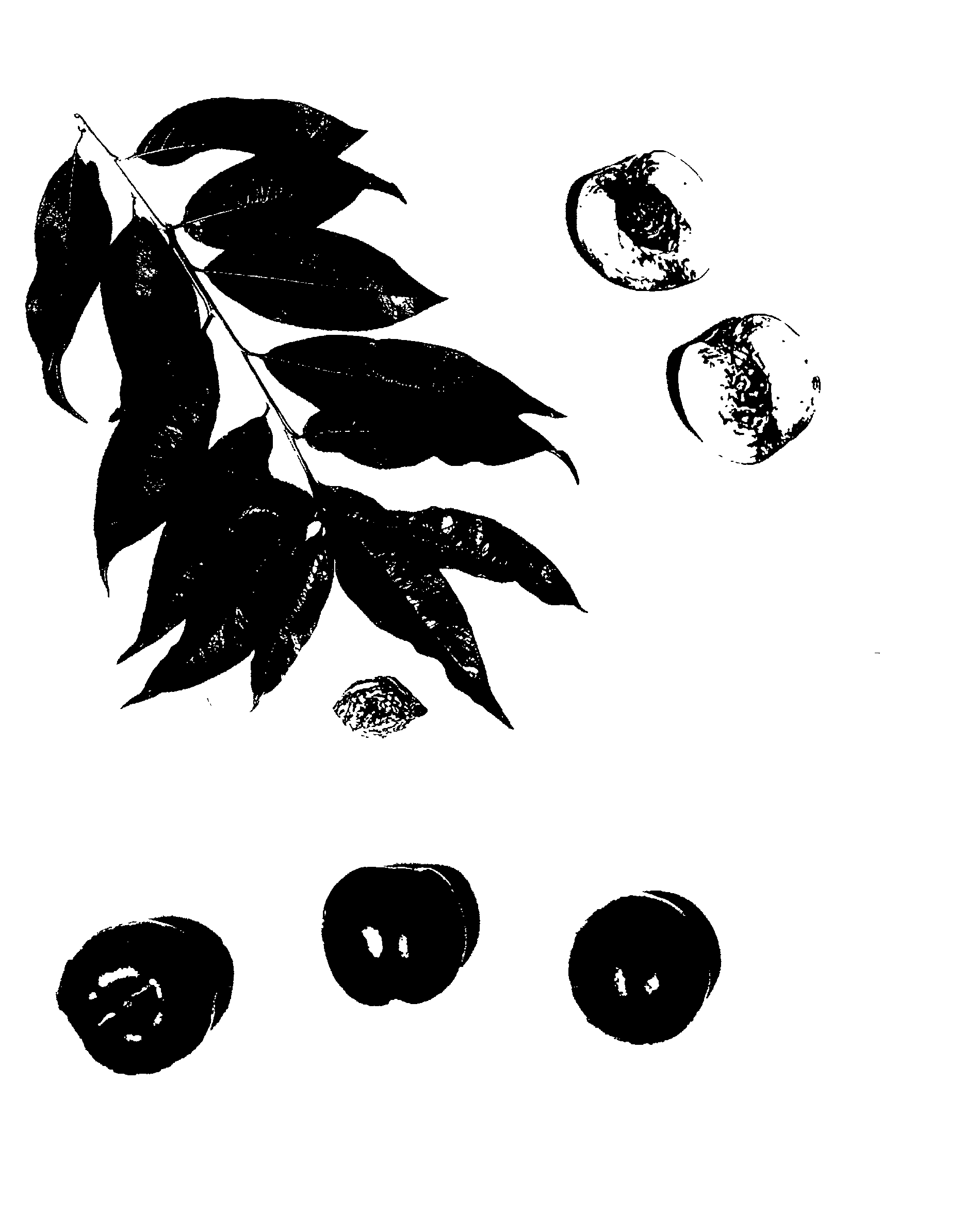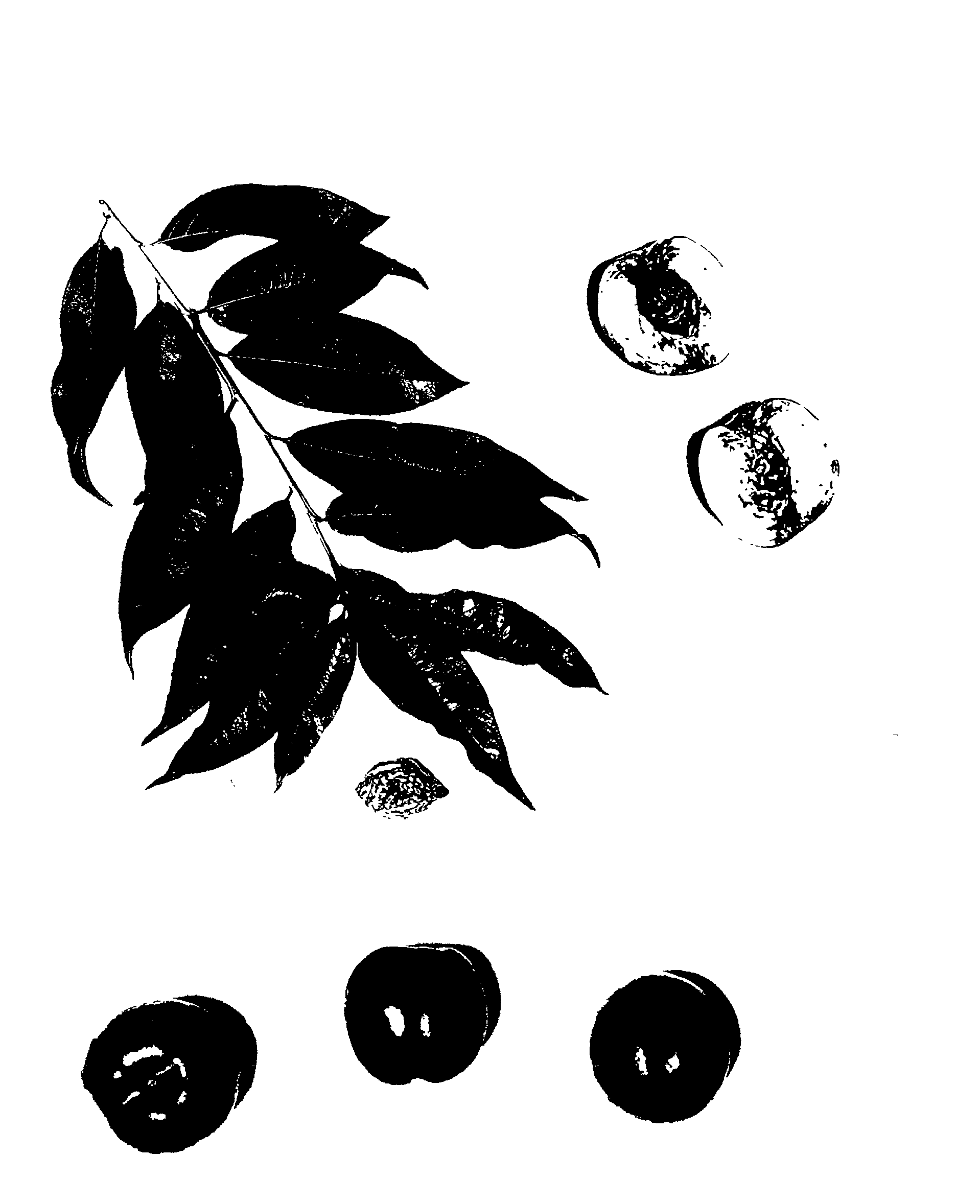"June Lion" nectarine tree
a nectarine tree and lion technology, applied in the field of new and distinct varieties of nectarine trees, can solve the problems of difficult selection of new varieties, difficult selection of promising varieties, and all important distinguishing characteristics, and achieve the effect of firm character and large siz
- Summary
- Abstract
- Description
- Claims
- Application Information
AI Technical Summary
Benefits of technology
Problems solved by technology
Method used
Image
Examples
Embodiment Construction
[0010] Referring more specifically to the botanical details of this new variety of nectarine tree, the following has been observed under the ecological conditions prevailing at the orchard of origin which is located in an experimental block near Selma, Calif. in the United States of America All major color code designations are by reference to the Dictionarv of Color, by Maerz and Paul, First Edition, 1930. Common color names are also occasionally employed.
TREE
[0011] Generally:
[0012] Size.--Approximately 14 feet in height (426.72 cm) at the end of the 1998 growing season. From 3.5 feet (106.68 cm) to 4.5 feet (137.16 cm) of the height consisted of new, current season's growth. The growth of the new variety is upright to upright-spreading in form.
[0013] Vigor.--Vigorous and hardy under typical climatic conditions in the San Joaquin Valley of central California.
[0014] Figure.--The tree was trained in a standard vase shaped configuration with a spread of 13 feet (396.24 cm) across the ...
PUM
 Login to View More
Login to View More Abstract
Description
Claims
Application Information
 Login to View More
Login to View More - R&D
- Intellectual Property
- Life Sciences
- Materials
- Tech Scout
- Unparalleled Data Quality
- Higher Quality Content
- 60% Fewer Hallucinations
Browse by: Latest US Patents, China's latest patents, Technical Efficacy Thesaurus, Application Domain, Technology Topic, Popular Technical Reports.
© 2025 PatSnap. All rights reserved.Legal|Privacy policy|Modern Slavery Act Transparency Statement|Sitemap|About US| Contact US: help@patsnap.com


